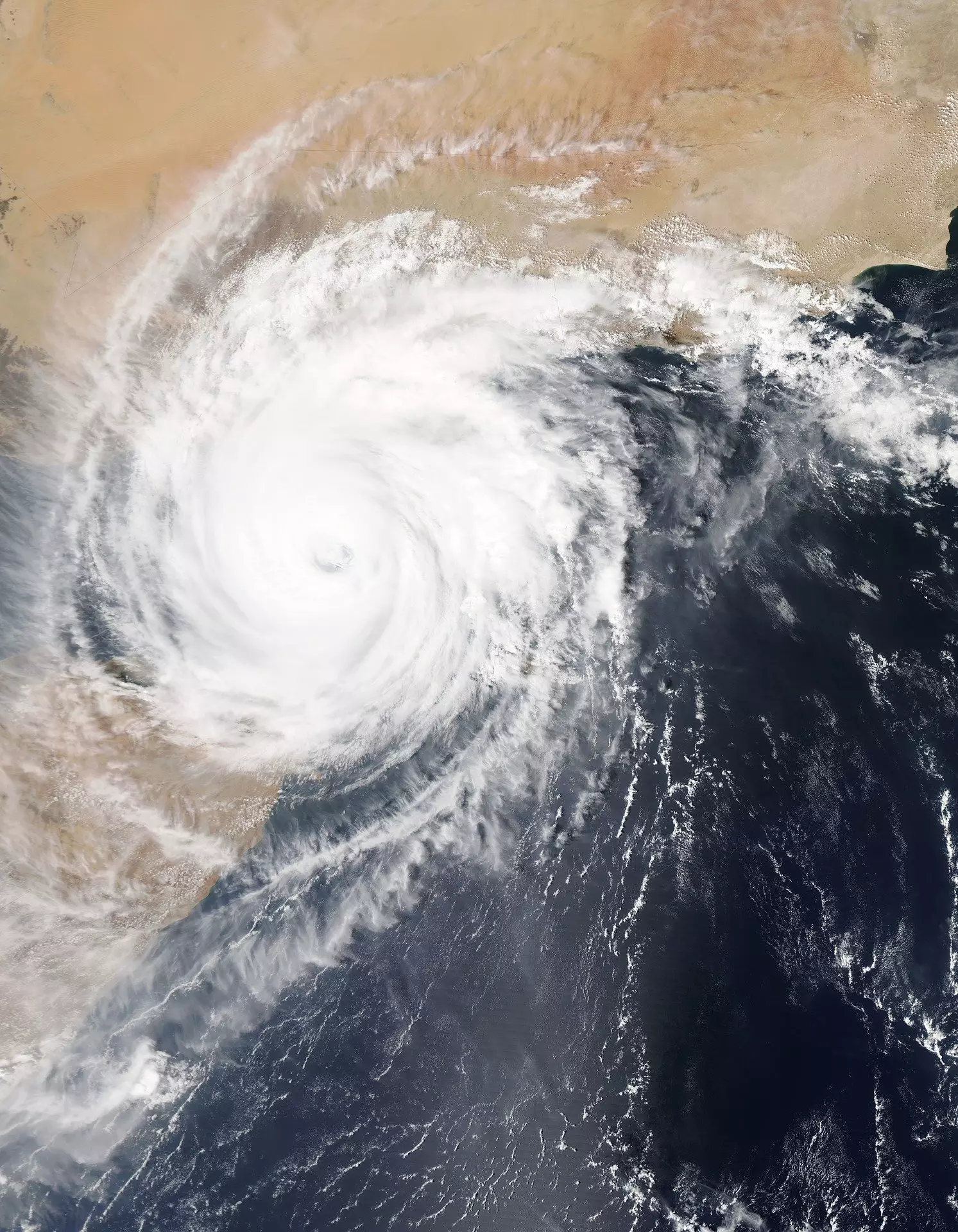The current state of tropical cyclone prediction offers only a short window of opportunity for communities to prepare for incoming storms. With forecasting capabilities limited to just five days, there is a pressing need for advancements in this area. However, recent research published in the Journal of Geophysical Research introduces a promising new approach that could revolutionize tropical cyclone forecasting.
The researchers behind this groundbreaking study developed a hybrid model that combines the strengths of two distinct forecasting methods. By merging the physics-based Weather Research and Forecasting (WRF) Model with the machine learning model Pangu-Weather (Pangu), they aimed to enhance the accuracy and extend the lead time of tropical cyclone predictions.
While the WRF model offers high resolution and detailed simulations of storm evolution, it falls short in predicting intensity levels due to its inability to account for changing environmental factors. On the other hand, the Pangu model excels in forecasting storm paths but lacks the resolution to capture smaller-scale variability within developing storms. By fusing these two approaches, the researchers were able to mitigate these limitations and improve overall forecasting capabilities.
The study involved a series of experiments over a two-week period to refine the hybrid model and assess its performance. Using the 2023 tropical cyclone Freddy as a case study, the researchers found that their approach significantly enhanced tracking and intensity forecasts compared to using either model in isolation. The hybrid model extended the prediction window from five to seven days and closely matched Freddy’s path and intensity for the entire two-week period.
The success of this hybrid model opens up new possibilities for tropical cyclone prediction. By continuing to refine and test their approach on a wider range of storm scenarios, the researchers believe that they can further extend warning time beyond two weeks. This extended lead time could be a game-changer for at-risk communities, providing them with valuable preparation time in the face of major storms.
The development of a hybrid forecasting model that combines the strengths of physics-based and machine learning approaches represents a significant advancement in tropical cyclone prediction. By pushing the boundaries of current forecasting capabilities, researchers are paving the way for more accurate and extended predictions, ultimately helping to improve the resilience of communities faced with the threat of devastating storms.


Leave a Reply